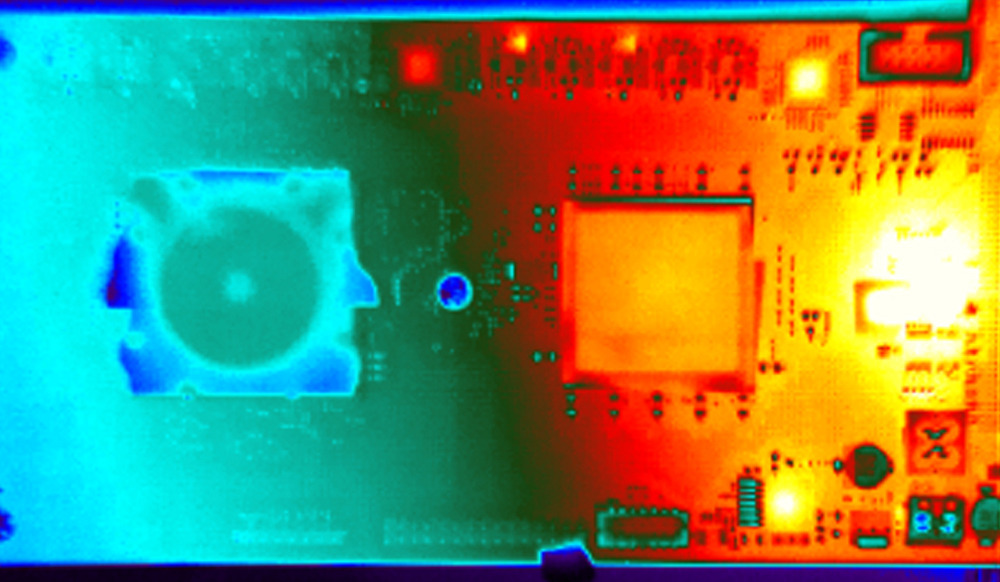
A research team at IBM have been working on a project to develop a brain-inspired chip. The project called Synapse has been co-founded with support from the U.S Defense Advanced Research Projects Agency (DARPA).
After eight years of development, the team presents a production-ready chip named “True North”. The chip has an equivalent to about a million brain cells and 256 million synapses.
With a power consumption at about 70 milliwatts at maximum working load, the chip is extremely power efficient. It has a significantly higher performance compared to traditional processor chips, for tasks related to video analysis and pattern recognition.
Tasks that the human brain also happens to be very good at. The human brain is in fact much better than supercomputers performing these tasks. The human brain is also much more power efficient, with its power consumption at about 20 watts.
IBM believes the technology will be especially attractive in such areas with the intensive use of audio and video processing. And for which there is a constraint on space and power consumption (heat) – such as smart glasses, mobile devices, etc.
With 5.4 billion transistors manufactured using 28 nm (semiconductor device fabrication), the chip is among the largest CMOS semiconductor chips ever built. Its design differs significantly compared to traditional von Neumann architecture.
It has a decentralized take on processing, memory, and communication, spread over the whole chip instead of using separate units. Therefore bottlenecks can effectively be avoided. It is also highly adaptive, allocating processing power to when any specific calculation needs to be prioritized, making it highly energy efficient.
As mentioned, the chip has an equivalent to about 1 million brain cells and 256 million synapses. This is impressive by itself represents a first step in the development of future chips.
But compared to the human brain in total, it is not very impressive. The human brain has about 100 billion brain cells and hundreds of trillions (10^14) of synapses.
If the performance of this power efficient chip would be scaled to the capacity of the human brain, it would need about 30kW which is more than 1,000 times the power consumption of the human brain.
So although being far from the human brain capacity, this is actually the ultimate goal for the IBM/DARPA team. The IBM project originated from a broader 2008 DARPA project under the name of Systems of Neuromorphic Adaptive Plastic Scalable Electronics (SyNAPSE). See links below for more information.
_______________
IBM Cognitive Computing Brainpower
MIT Technology Review
DARPA SYNAPSE
______________________________










![OpenAI. (2025). ChatGPT [Large language model]. https://chatgpt.com](https://www.illustratedcuriosity.com/files/media/55136/b1b0b614-5b72-486c-901d-ff244549d67a-350x260.webp)
![OpenAI. (2025). ChatGPT [Large language model]. https://chatgpt.com](https://www.illustratedcuriosity.com/files/media/55124/79bc18fa-f616-4951-856f-cc724ad5d497-350x260.webp)
![OpenAI. (2025). ChatGPT [Large language model]. https://chatgpt.com](https://www.illustratedcuriosity.com/files/media/55099/2638a982-b4de-4913-8a1c-1479df352bf3-350x260.webp)








